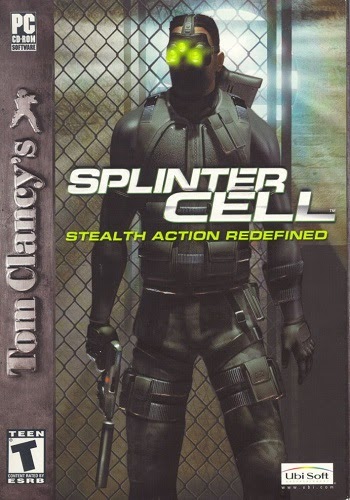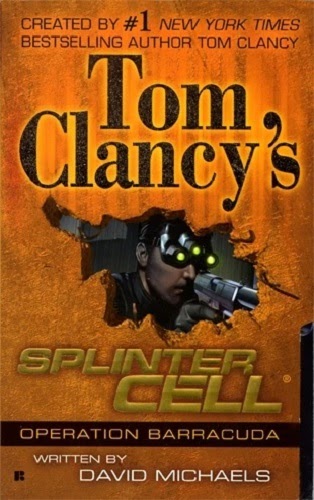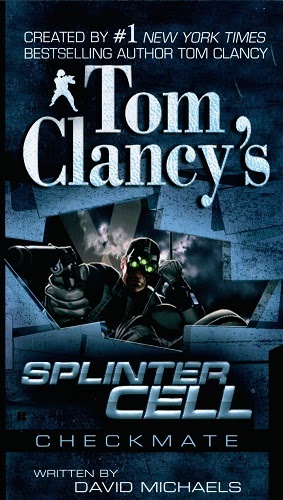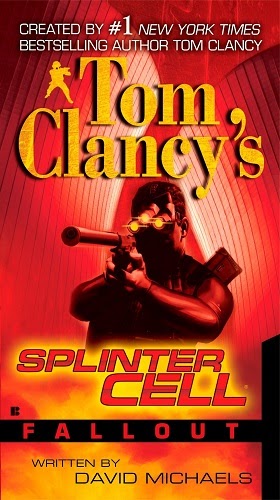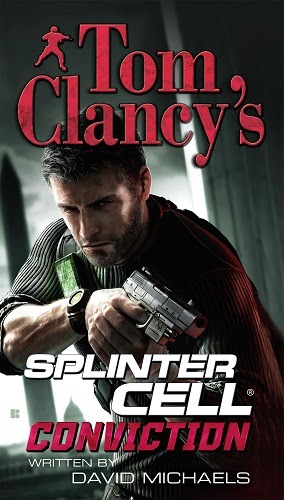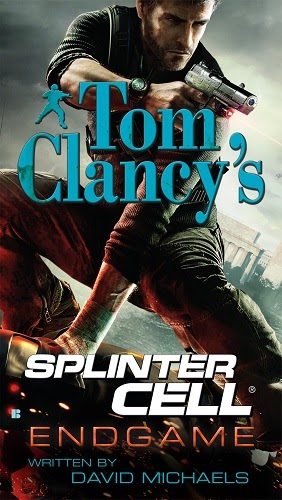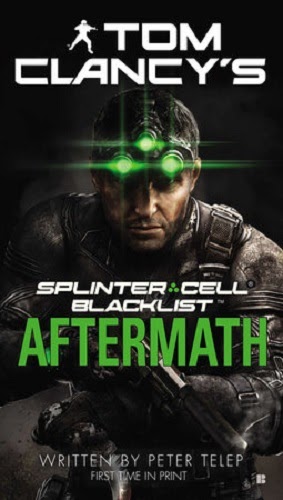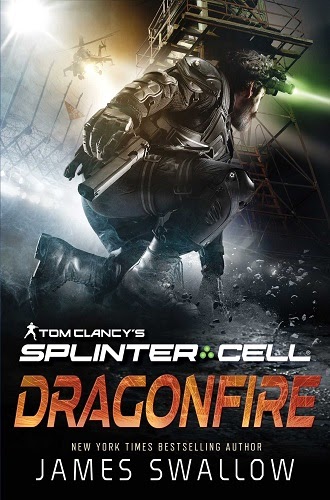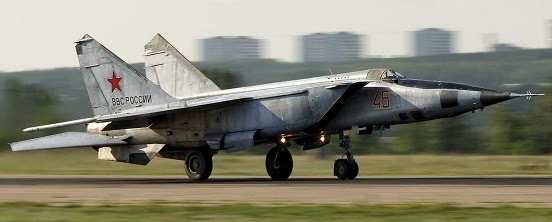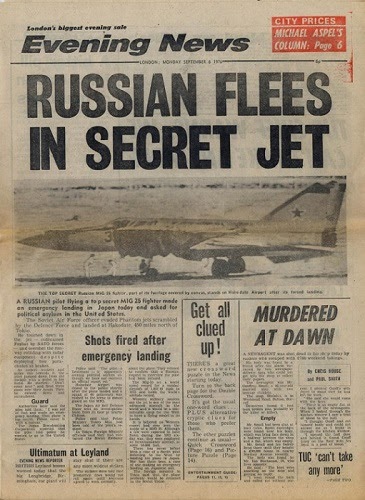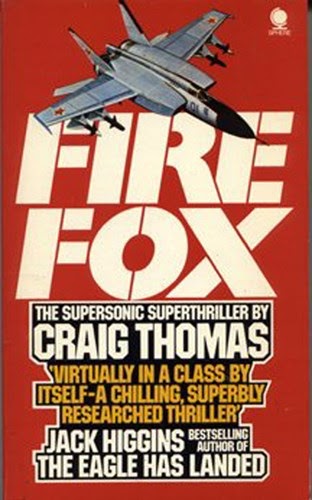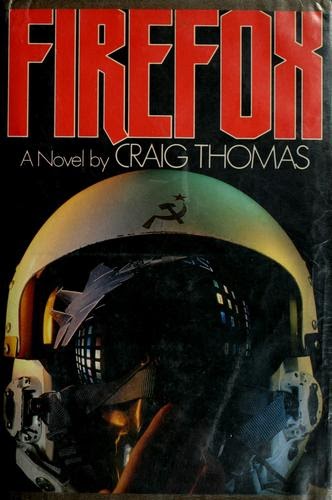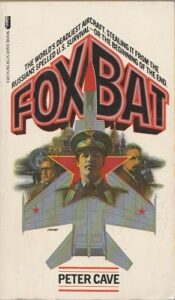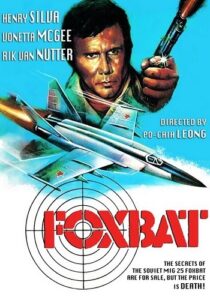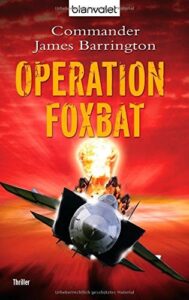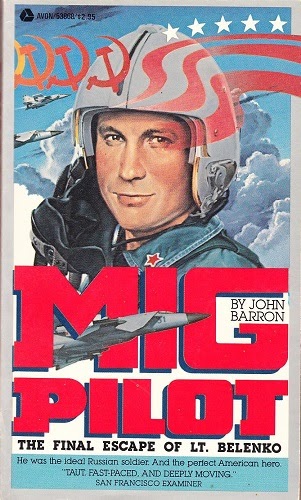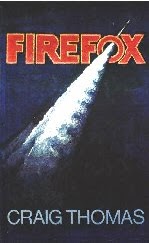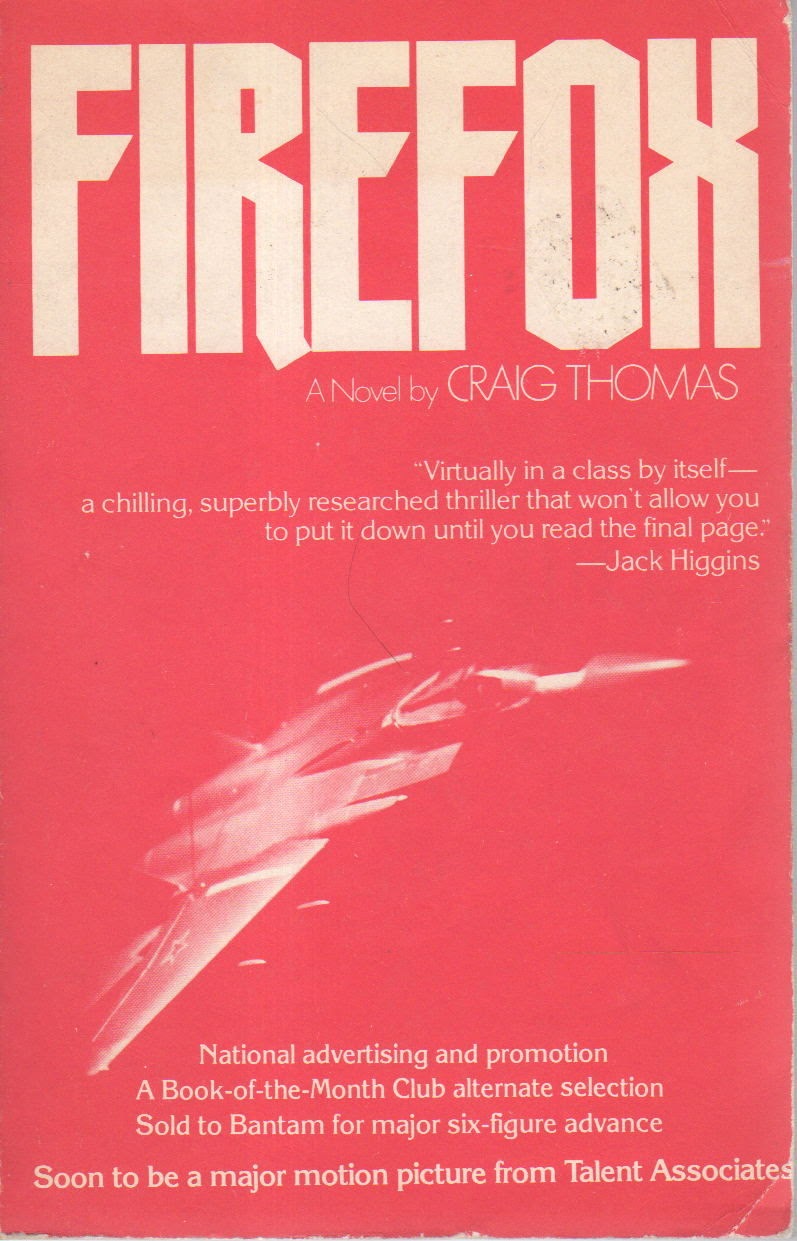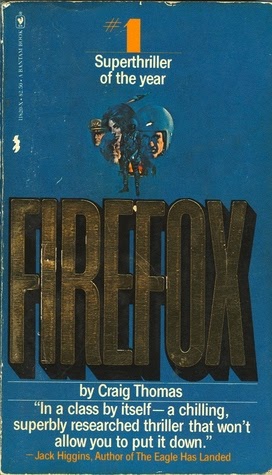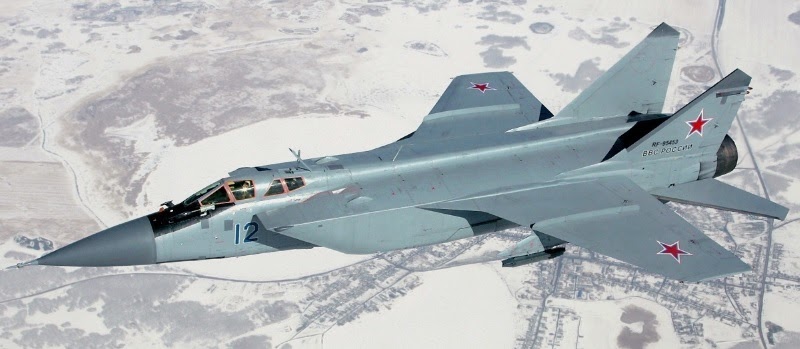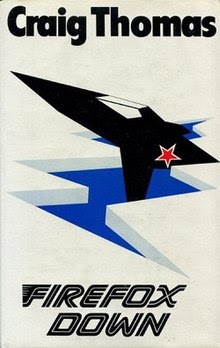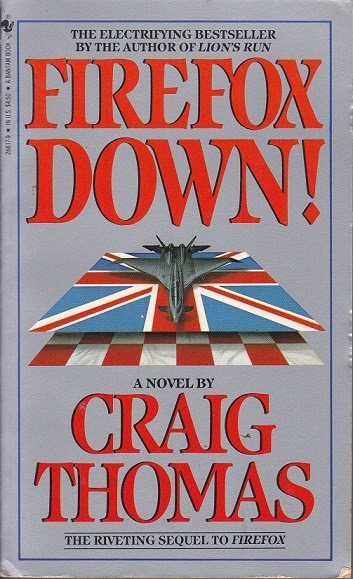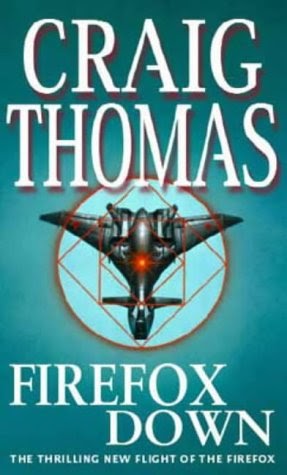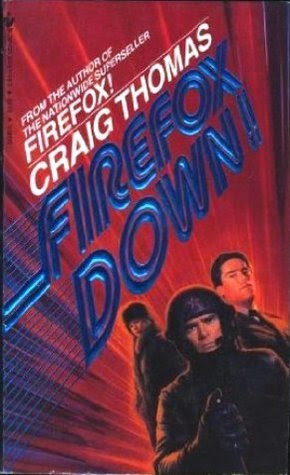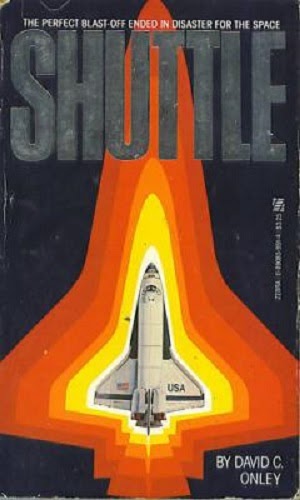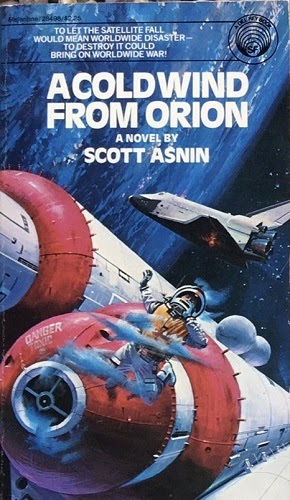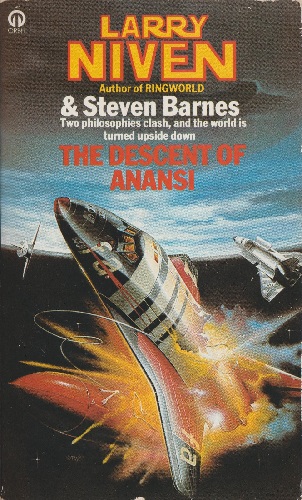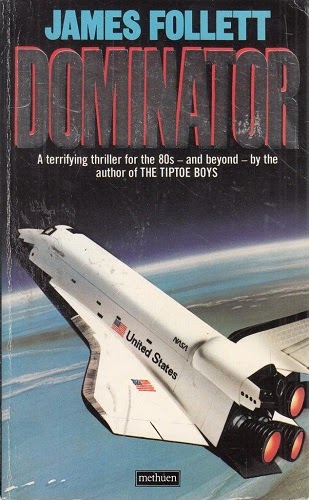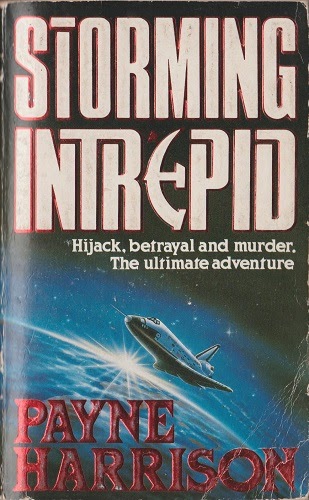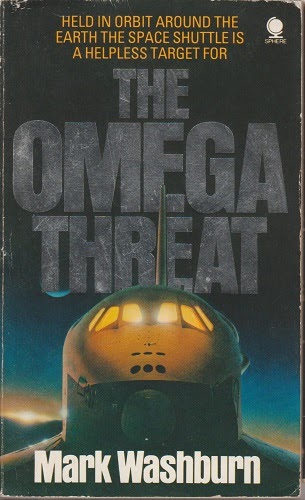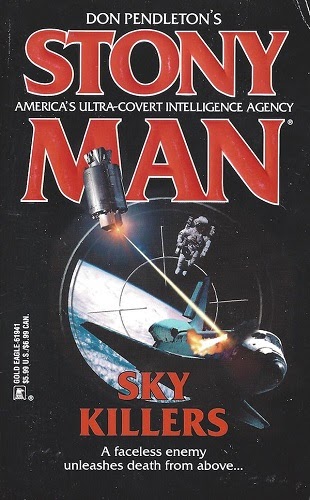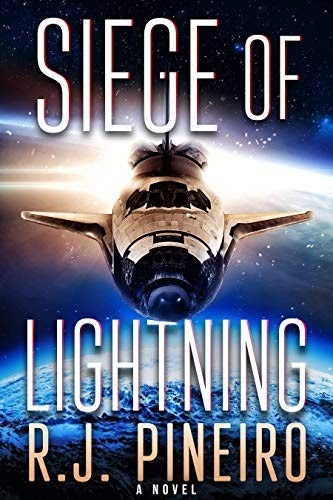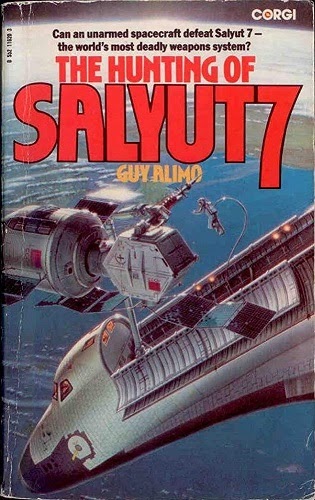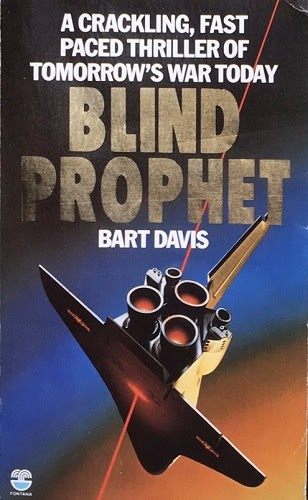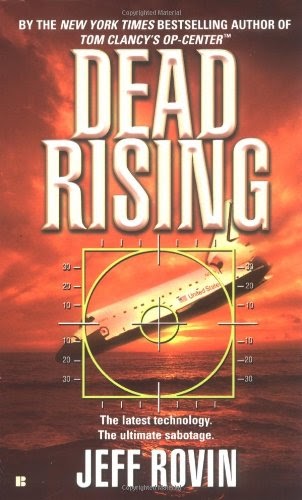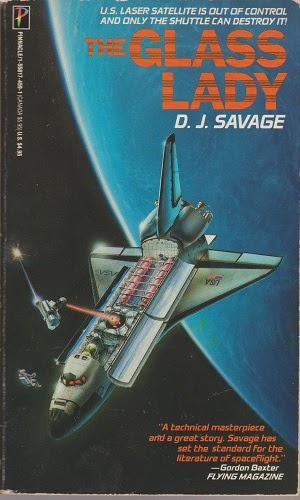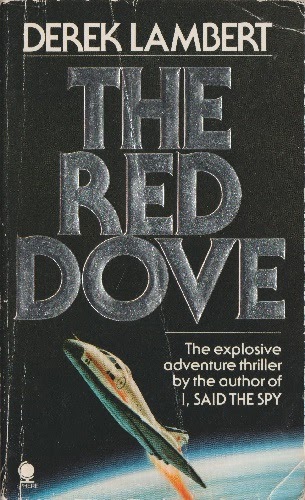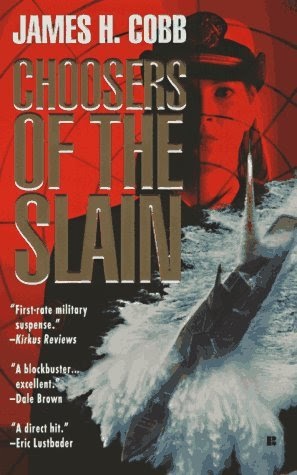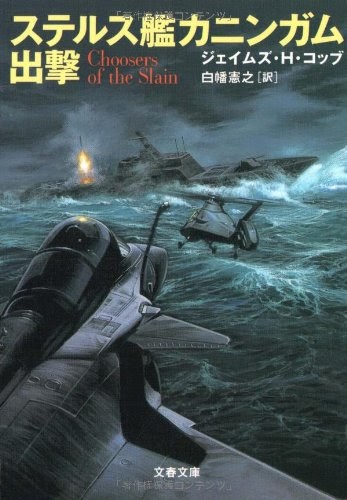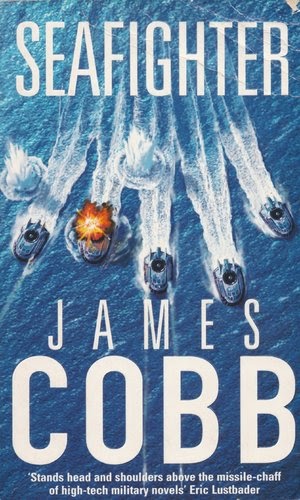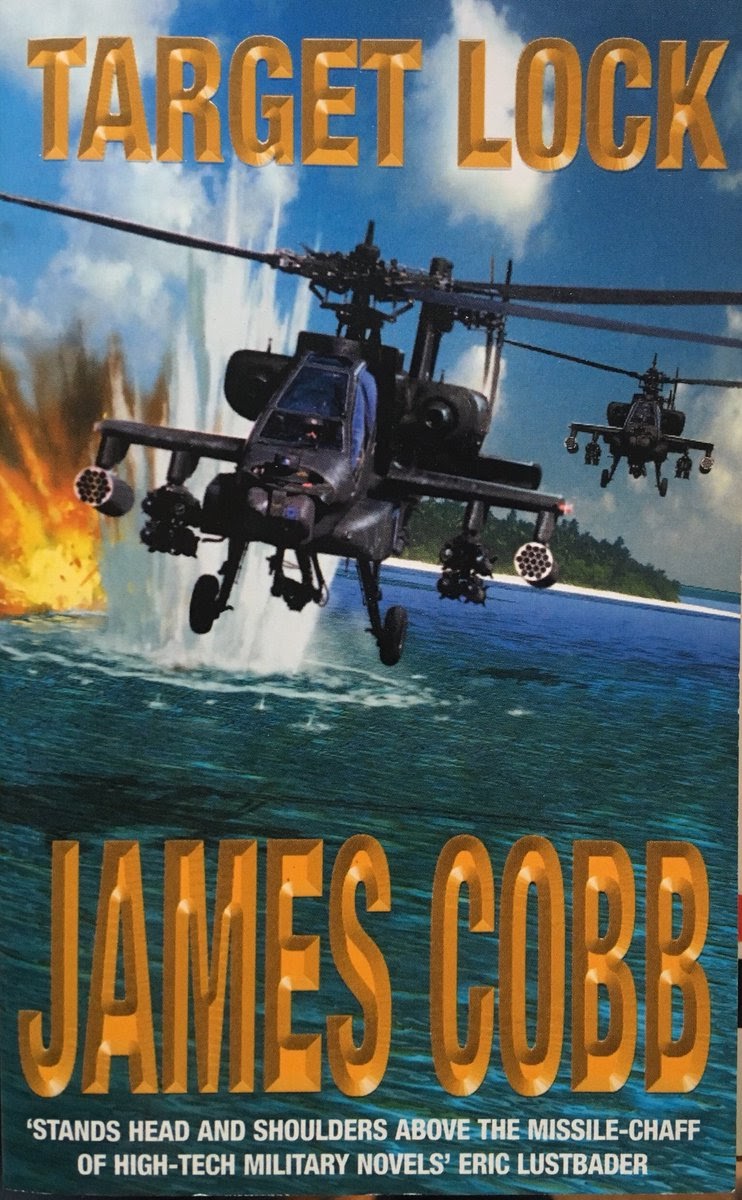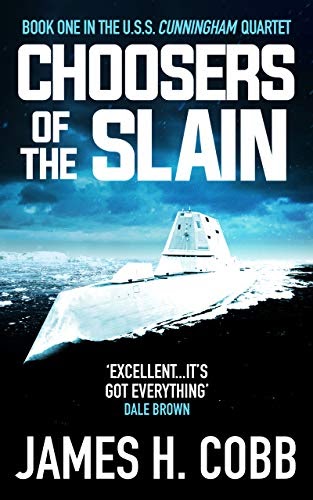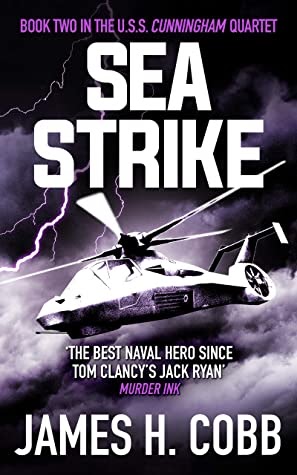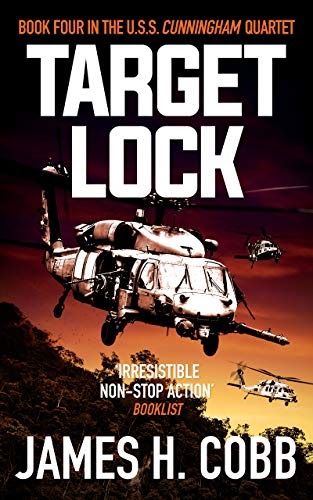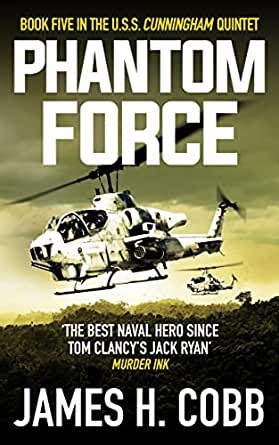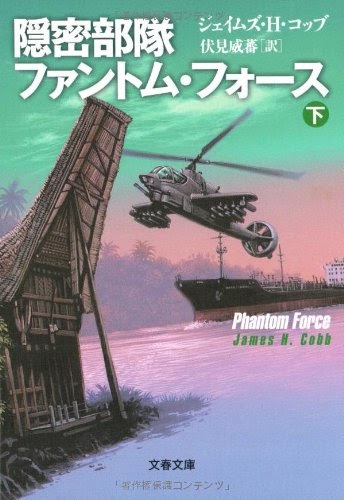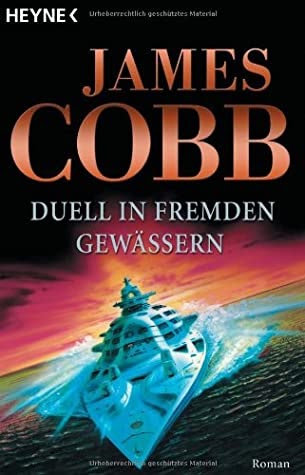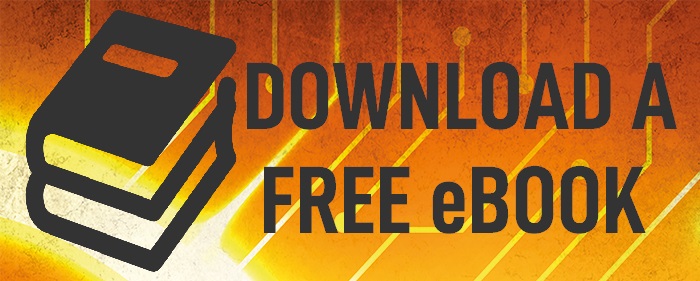A change of pace in this month’s TTH blog; previously I’ve concentrated on prose fiction technothrillers with a western origin, but this time I’m taking a look at a Japanese manga series, the classic Cold War submarine drama Chinmoku no Kantai – The Silent Service.
In the depths of the ocean, one man pushes the world to the edge of Armageddon in a deadly game of nuclear poker… The captain of a ballistic missile submarine, capable of launching multiple ICBMs, he leads his pursuers on a dangerous chase as he races across the sea to gain his own kind of freedom…
Created by writer and artist Kaiji Kawaguchi, winner of the Kodansha publishing house’s Manga Award in 1990, The Silent Service was a modern-day military fiction tale of submarine warfare and political intrigue in the style popularised by authors like Tom Clancy, Larry Bond, Mark Joseph and others. Serialised in the weekly Japanese manga magazine Comic Morning from 1988 to 1996, it was later republished in 32 paperback-sized ‘tankōbon’ volumes.

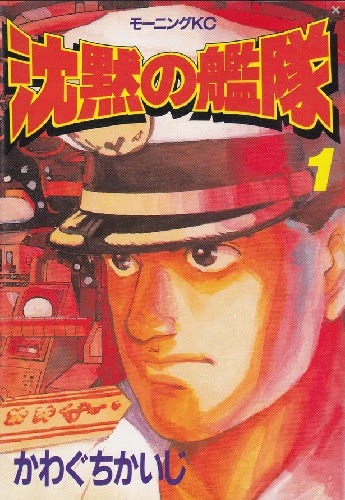
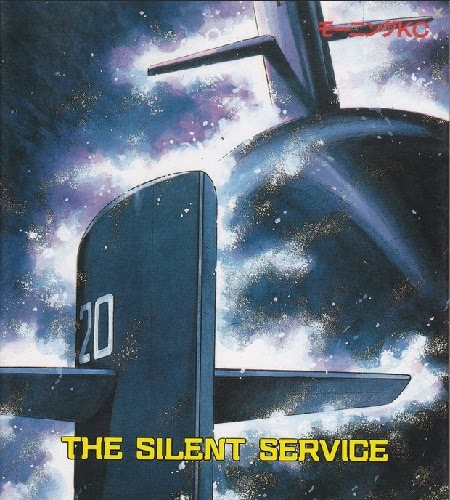
The Silent Service opens with a collision between a Japanese and a Russian submarine, in which the Japanese sub sinks with all hands – but the incident is actually a smokescreen for a secret project between the Japanese ‘deep state’ and the United States Navy to launch Japan’s first nuclear submarine. But when the sub – the Seabat – begins sea trials, its commander Captain Shiro Kaieda leads the crew to take over the sub, and run for deep water.
In subsequent issues, Kaieda tangles with the American navy, running rings around them as they desperately attempt to capture him and his war-load of nuclear missiles. Re-naming his sub Yamato, Kaieda declares his vessel an independent state, heightening nuclear tension around the globe, pushing the governments of the world steps closer to conflict. The sub’s new name is freighted with meaning – not only the name of the ill-fated World War II battleship that was the pride of the Japanese navy, but it’s also an ancient term for the nation of Japan itself.
Finally, after trouncing the fleets of the Soviet and American navies (including sinking the aircraft carrier Midway and the battleship New Jersey) the Yamato‘s captain reveals his true intentions – to force the major powers of the world accept a United Nations mandate over the control of nuclear weapons. The plot thickens when the Japanese Prime Minister allies with Kaieda and offers to place all of Japan’s Self-Defence Forces under UN command to accomplish that goal. American response is less than warm, and tensions flare as the Yamato is pursued by hunter-killer subs intent on destroying the renegade and restoring the world’s nuclear status quo.

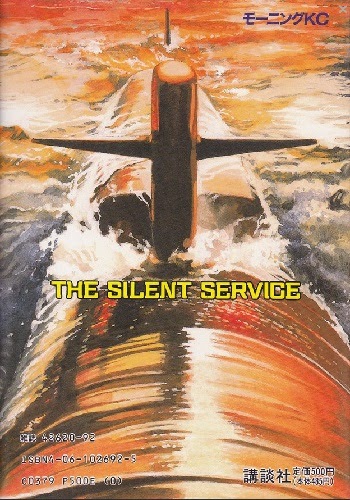
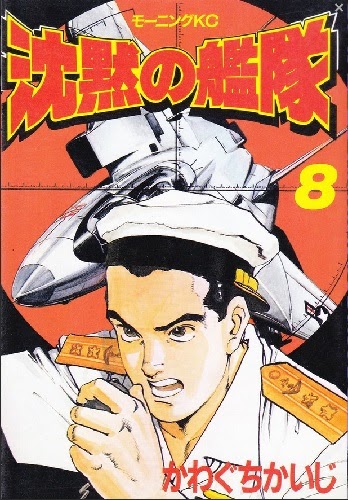
Kawaguchi’s presentation of contemporary military hardware and equipment is dead on, as he draws attack submarines of all nationalities, destroyers and frigates, battleships, aircraft carriers, helicopters and jet fighters. His views of the cramped interiors of subs accurately convey the atmosphere of tension around the characters; even the uniforms are detailed, right down to the shoulder braid on the uncannily always-pristine Kaieda. The style is crisp and uncluttered, working to highlight the technology of the world’s navies, as well as their sailors. The action sequences are swift and fluid, and the constant baseline of danger is always evident – among the most dramatic sequences are a sub-versus-sub battle beneath the Arctic ice pack, and a missile-laden battle in New York Harbor, concluding with the dramatic ramming of the Yamato by an F-14 Tomcat.
At the time of release, in a period of political and economic change in Japan, the manga’s challenging plotline was the focus of great media attention, to the extent that it was publicly debated in the Japanese parliament. Kawaguchi was no stranger to controversy, having previously created Eagle, a series about a Japanese-American senator on the road to win the US presidency, and he would later write Zipang, about a modern Japanese warship thrown back in time to the Battle of Midway. Like The Silent Service, these stories take a hard, uncompromising look at Japanese-American geopolitics.



Viewing it from a 2020’s perspective, The Silent Service can be thought of as a modern-day Captain Nemo tale, with nuclear-tipped ICBMs frightening the world into peace and disarmament. But the nationalist themes in the plot made uncomfortable but compelling reading to many Japanese, throwing a spotlight on the relationship between Japan and the USA, and the Security Treaty between the two nations forged in the wake of WWII; and some American readers saw the series as jingoistic wish-fulfillment, as the Yamato humiliates Western military forces again and again. But it’s interesting to note that the right-leaning elements of the narrative are later balanced out by Captain Kaidea’s leftist ideals of unilateral nuclear disarmament. However, as happened with so many Cold War technothrillers of its era, The Silent Service was undone by the pace of real world events, with the bursting of the Japanese economic bubble, shifts in Japanese political and military spheres, and the collapse of the Soviet Union. In the final analysis, Kawaguchi presents a story of a man who has taken a side, and for whatever reasons will fight to bring about what he thinks is right.
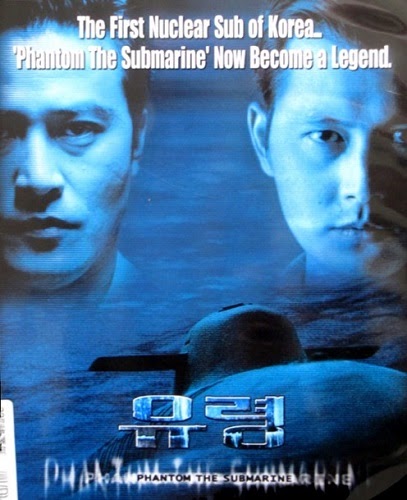

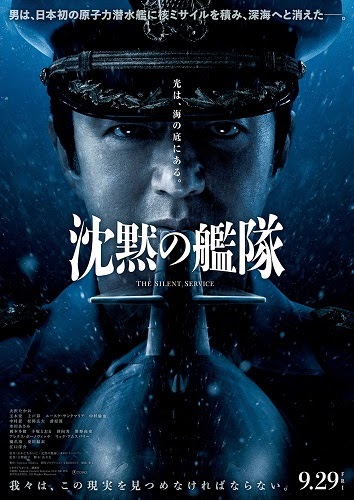
With over 25 million copies published, The Silent Service was a bestseller. Along with video game adaptations, a three-part anime series was produced (the first two episodes of which were translated for the US market), and it also inspired a South Korean version in 1999 (Phantom: The Submarine). A similar concept also appears in the 2012 TV series Last Resort, centring the action on a US Navy sub that, like Kaidea’s Yamato, declares itself an independent nuclear power after a “deep state” conspiracy goes awry. More recently, Amazon Studios and Toho have collaborated on a live-action TV version of The Silent Service to be screened later in 2023.
[This blog is based on an article that originally appeared Anime UK Magazine #5 in 1991]
